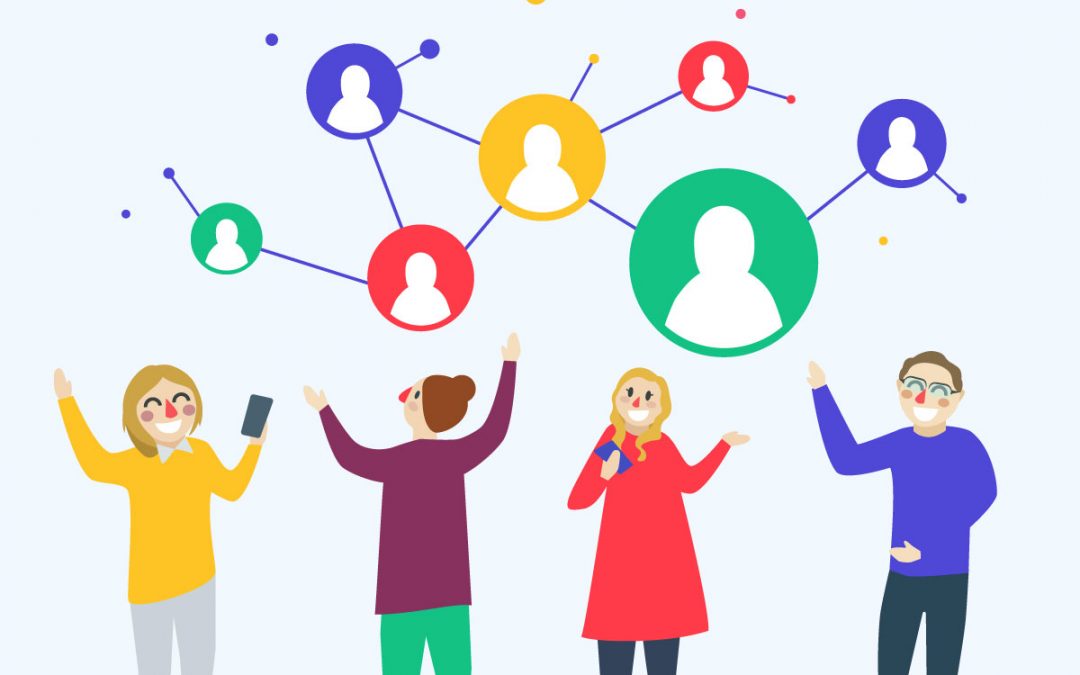A few years ago I related the Customer Success in Zapiens, with a fast and efficient support, where our users wanted to recommend us and our customers were satisfied with our product. But now I know I was wrong, none of that is enough. In this post I will explain what is Customer Success, since it is sometimes limited to smaller concepts such as Support, Satisfaction and Experience. All of them are pillars for its success, but even together, they are not able to encompass it in its entirety.
I joined Zapiens when even its name had not yet come up. We were a few, barely half a dozen enthusiasts, who all worked together in the garage of a villa on the outskirts of Oviedo. When we started with our first clients, I managed all the tasks associated with support through my personal corporate email. We were able to do so and offer a quality service. But working like this had limitations.
Nowadays, we have grown in the number of clients, which has led to an increase in the number of colleagues who are dedicated to support. It has also set us the challenge of implementing a new incident management tool through which we face the different types of incidents that we receive from our customers and users. The quality of our support is now measured through the SLAs: Service Level Agreement. That is to say, the different times of resolution of incidences in which we must close the incidences in a satisfactory way.
Another factor that linked to Customer Success was the User Experience. The first time I read about NPS was in a post by Javier Megias entitled “Customer Experience (when satisfaction is not enough)”. In it he explains that NPS is a metric based on the answer to a simple question: “On a scale of 0 to 10 would you recommend (our brand) to a family member, co-worker or close friend? The scores obtained allow us to quantify the number of users who recommend a product.
We have added this question to our satisfaction surveys as a key indicator. However, I have learned that we measured satisfaction without proper planning or progression over time and that it was not a good idea to mix it with user experience. Currently, we separate both metrics. On the one hand, our users periodically answer a long term planned NPS, with the objective of seeing their evolution with respect to our product. And on the other hand, our clients collaborate in the CSAT (Customer Satisfaction) or Customer Satisfaction Index, which we propose to them. In this way, we can make decisions based on objective data.
So, how do I personally understand Customer Success?. I like Lincoln Murphy’s definition because, as he says, it’s a simple definition. Customer Success occurs when your customer achieves the desired result through interactions with your company. Lincoln Murphy explains that the desired outcome is what the customer wants and how they want to achieve it. And that the interactions (the relationship with the customer) are even more important than the use of the product itself, even if it is the main interaction.
Customer Success, therefore, is achieved through what is known as Customer Success Management, understood as the process of guiding customers towards their Desired Outcome which is inevitably in continuous evolution. The following key points are included in this process:
- Segmenting customers.
- Manage their expectations as a number 1 priority.
- Define joint responsibilities.
- Expand the implementation and promote our product.
- Intervene in a proactive and programmed way according to the established segmentation.
- Measure how we are doing and how the health of the customer’s account is.
- Renewal and opportunities for expansion aligned with the client’s business objectives.
- Communication with the client as a key aspect.
- Instrumentation understood as the process of collecting data on customer interactions with your company, throughout its life cycle.
- Defining the insights of that data and creating actions based on those insights.
Currently, I am still in a continuous learning process about what Customer Success is and how it is managed, delving into the idea that Customer Success cannot be reduced to concepts such as Support, Experience, Satisfaction and Measurement; although, undoubtedly, all of them are an indispensable part of its success and, therefore, of ours.

